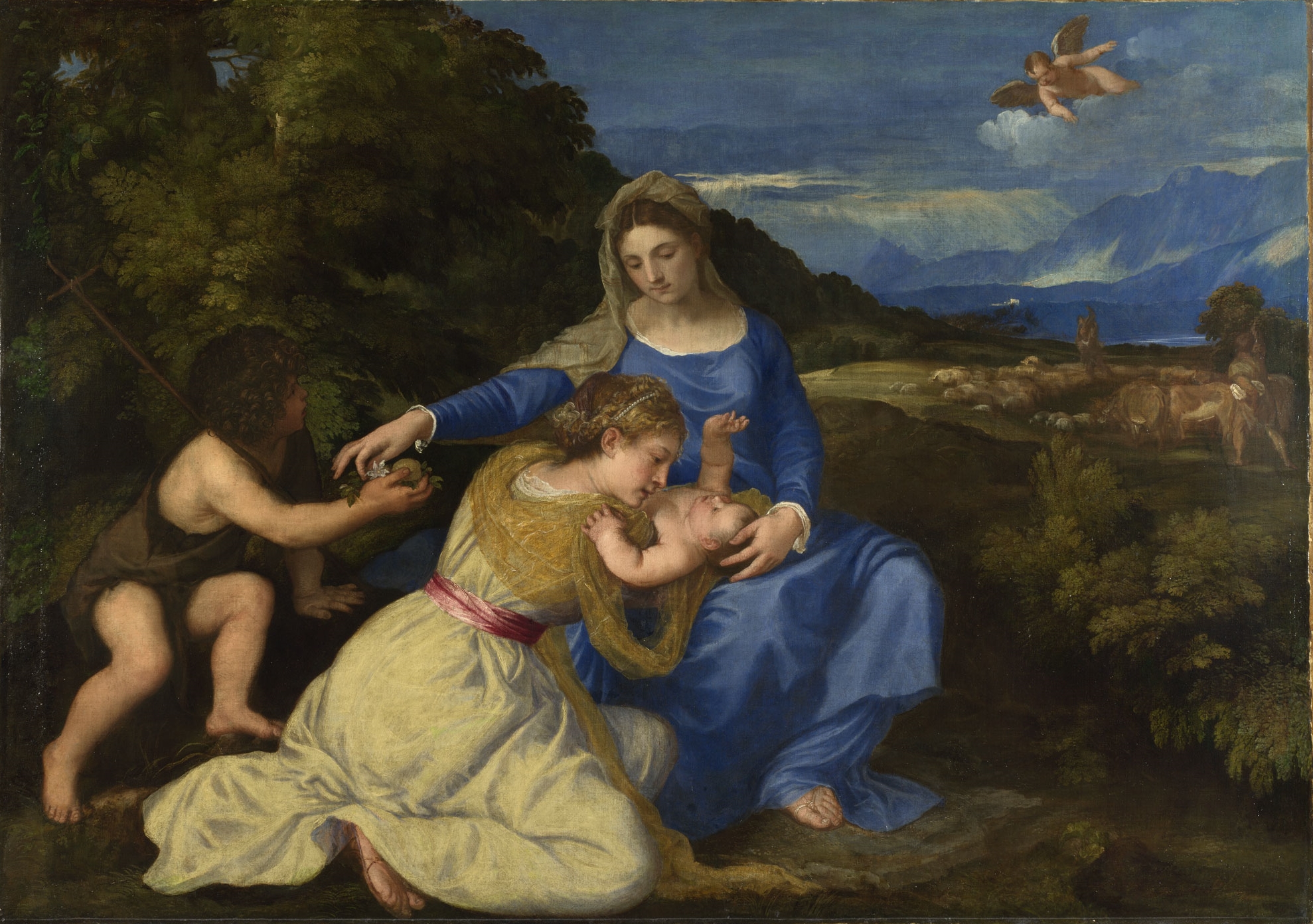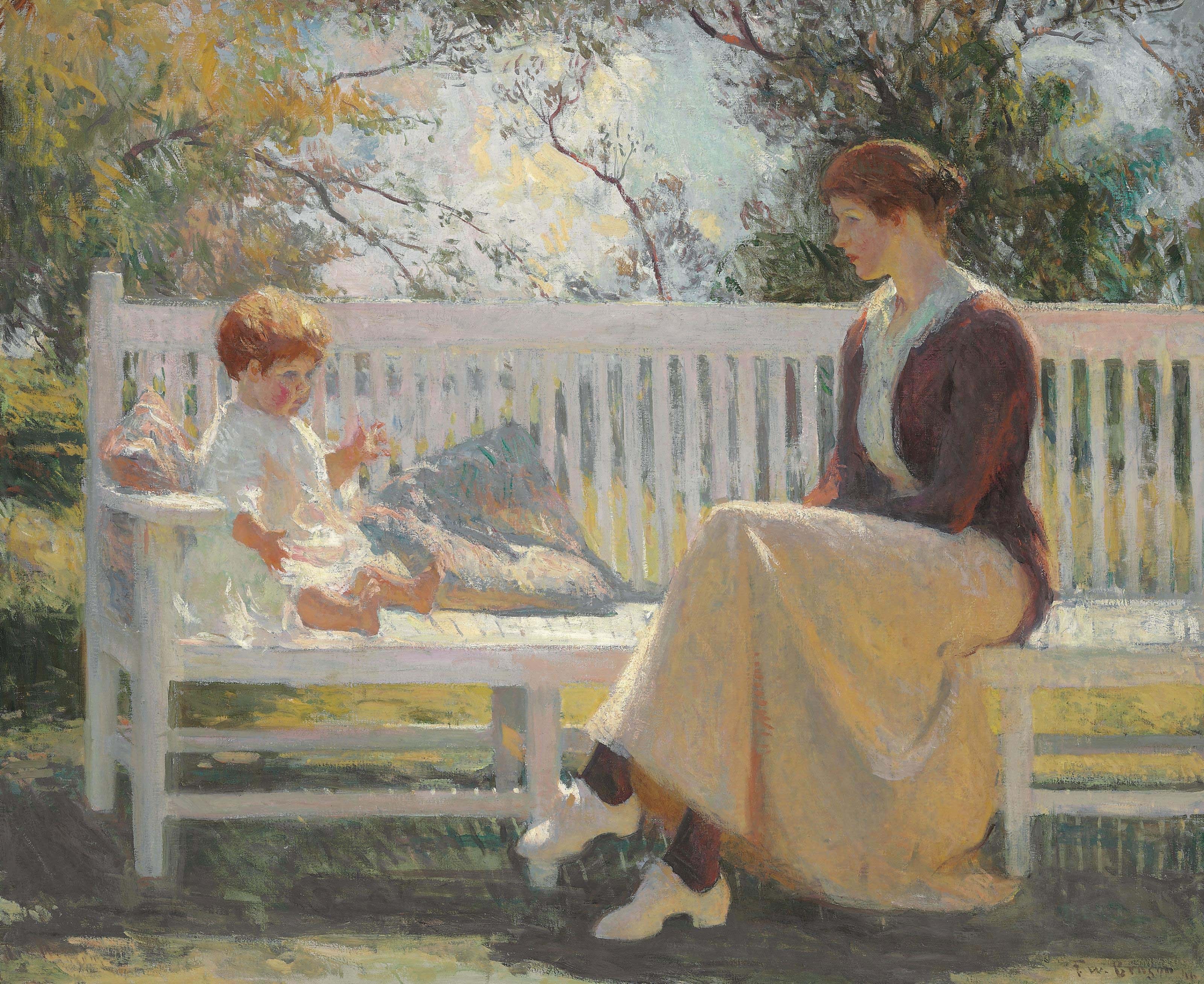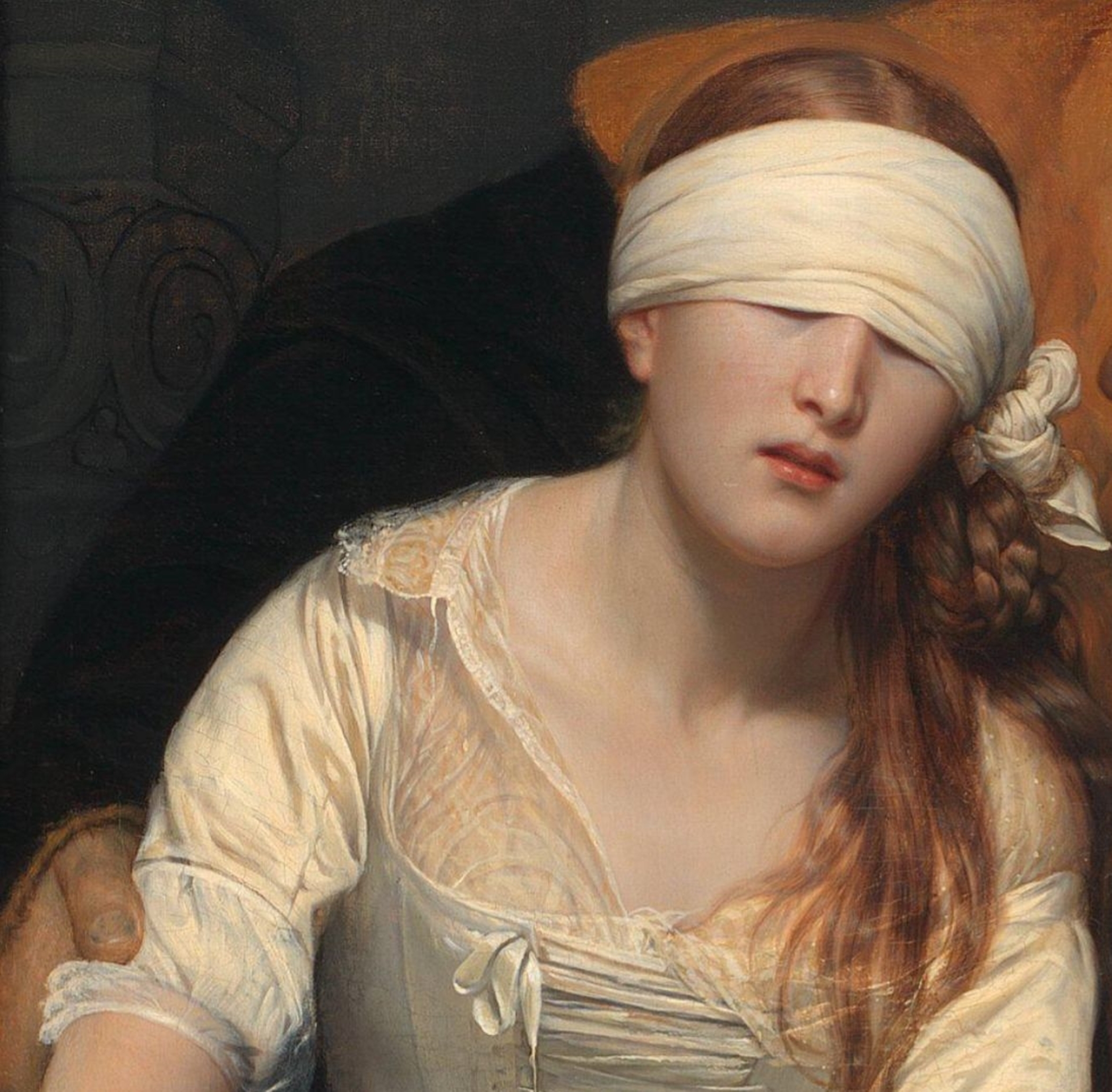Giulietta: - "Oh! Come entrasti tu qui? Ed a qual fine? I muri che circondano questo giardino sono ardui, e pressoché inaccessibili; ed il luogo in cui stai ti sarà tomba, se alcuno de' miei ti sorprende".
Romeo: - "Coll'ali dell'Amore valicai l'altezza di que' muri, ché barriera non v'ha al prepotente Amore: tutto che Amor può tentare, Amor l'osa; onde a' tuoi non ebbi riguardo allorché qui venni"…
William Shakespeare: Giulietta e Romeo, Atto II° scena II°
















